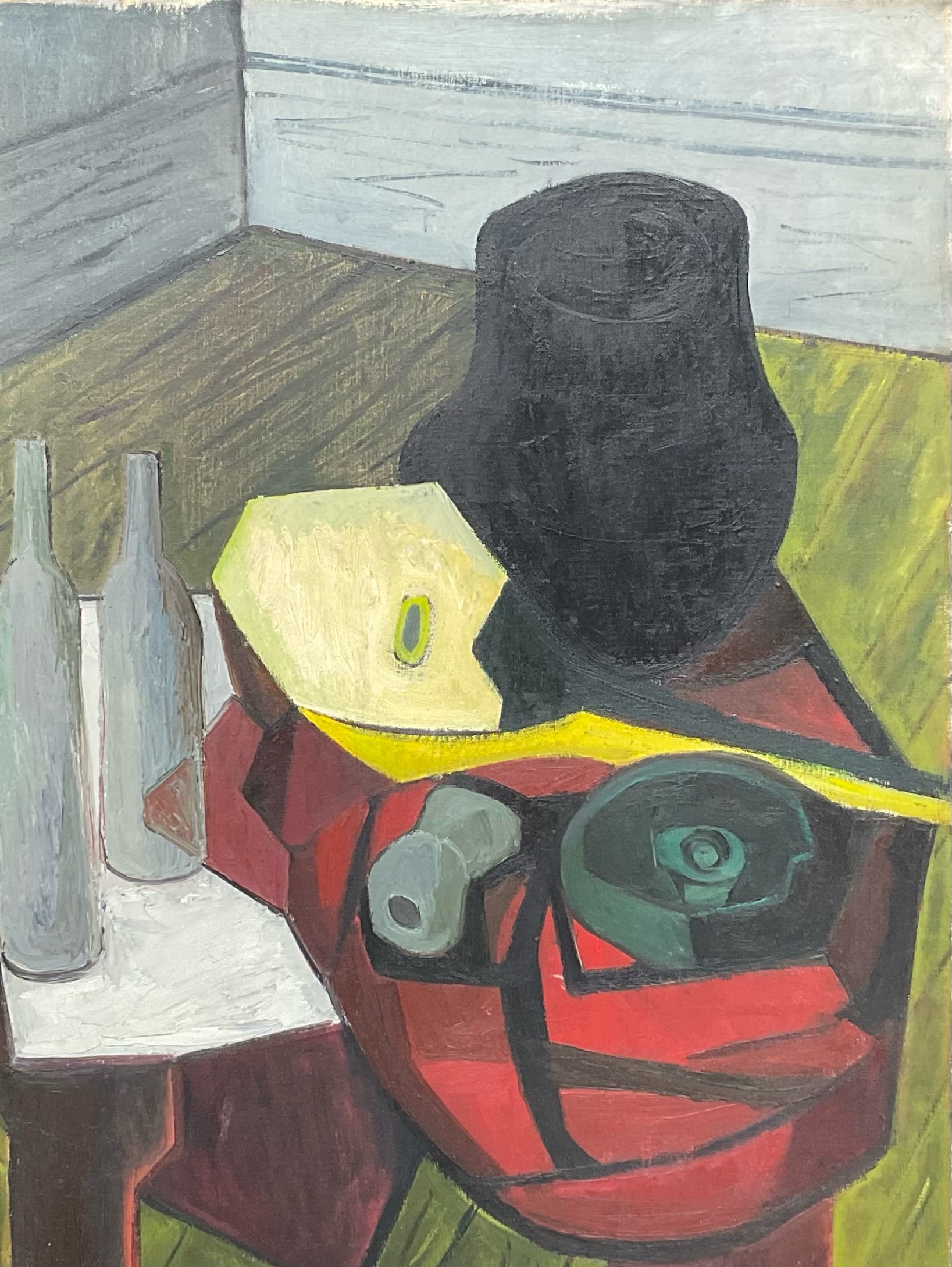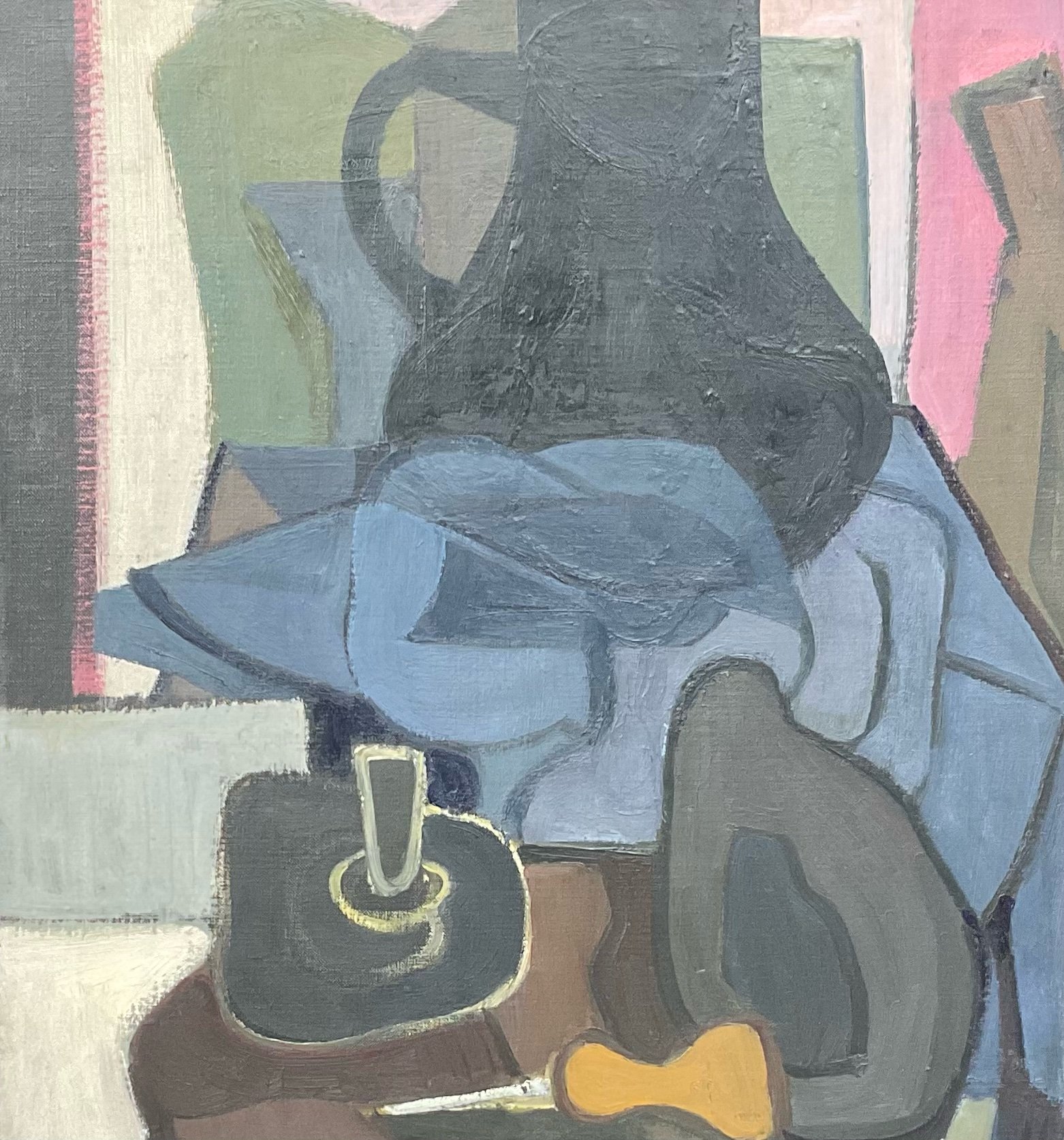Kathe Strenitz
Kathe Strenitz
Käthe Strenitz was one of the 669 Kindertransportees rescued by British humanitarian Nicholas Winton and now the subject of a film ‘One Life’ . Strenitz’s life was subject of an Audi record made by the Imperial War Museum and can be found on the internet . She is best known for her artworks recording the industrial heartland of the Kings Cross area of London prior to its redevelopment and gentrification.
Käthe Strenitz (née Fischel) was born into a Jewish family in Gablonz (now Jablonec nad Nisou), Bohemia, Czechoslovakia (now Czech Republic) on 12 April 1923. In 1939 she became the oldest of the so-called ‘Winton children’, who travelled on a Quaker-sponsored kindertransport to England at the age of 16. Following difficult experiences as a refugee including as a fruit picker in Hampshire, where she was malnourished, she arrived in London to find that Mrs Winton had sent some of her drawings to Austrian émigré artist Oskar Kokoschka, upon whose recommendation she was awarded a British Council scholarship at Regent Street Polytechnic. Dissatisfied with the teaching however, she left and did full-time war work, moving into the Czech Trust Fund-maintained Canterbury Hall hostel, where she met refugee poet Erich Fried and her future husband, Otto Fischel, a Czech-Jewish journalist-turned-entrepreneur. They had a daughter in 1950, after which she completed her art education, returned to the polytechnic a decade later and studying under Norman Blamey (1914–2000) and David Thomas Smith (1920–1999).
By then her husband owned a plastics factory north of Kings Cross, whose interior – as well as the surrounding industrial landscape – became the subject of many of her paintings . She received the Lord Mayor’s Award for woodcuts, exhibited regularly at the Bankside gallery, was elected a Fellow of the Royal Society of Painter-Printmakers. Käthe Strenitz died in London, England on 29 August 2017. Her work is in UK public collections including the Ben Uri Collection, Camden Local Studies and Archives, the City of London Corporation Centre and Islington Local History Centre and Museum.
Around 200 of her Kings Cross works are held by the London Metropolitan Archive and her oral history is held by the Imperial War Museum archive.

